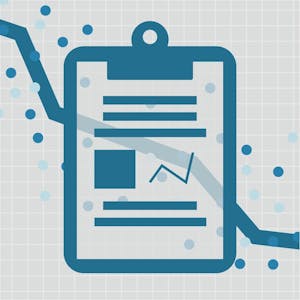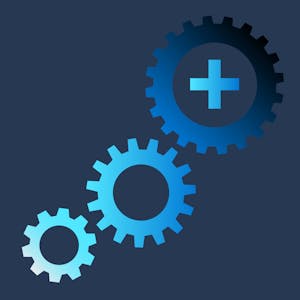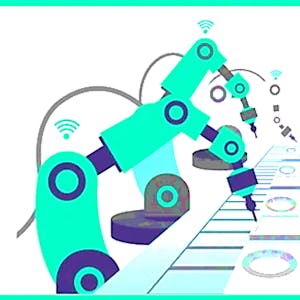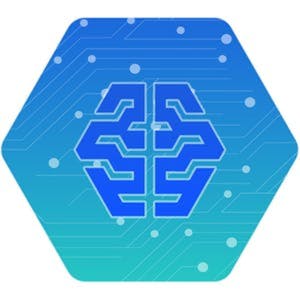Principles of Economics: Macroeconomics - The Big Picture
About this Course
Take a trip with me in this the third and final course of this Economics 100 Specialization which is a direct adaptation from one of my courses I teach at Rice University. Specifically, in this course we\'re going to be focusing on Macroeconomics. What is Macroeconomics you might be asking? Well, you\'ve come to the right place! We\'re going to be going over the big picture of economics- which is examining the measures we use to gauge the health of national economies and study the theories and policies aimed at improving economic health. In a nutshell, how can we use economics to make the world a better place? Through course lectures, quizzes, discussions, and problem sets, my hope is that you\'ll be able to digest economic news with a more discerning viewpoint, and have a more informed view about the cost and benefits of economic policy. Finally, my hope is that you\'ve learned to look at the world around you through the eyes of an economist. By the end of this course you should be able to: 1. Describe how GDP is used to measure macroeconomic performance. 2. Describe how inflation is used to measure macroeconomic performance. 3. Describe how unemployment rates and participation rates are used to measure macroeconomic performance. 4. Identify the primary sources of economic growth and explain the observed cross- country differences in income per capita. 5. Define savings and explain the factors influencing financial flows and international trade. 6. Identify the function of the federal reserve, describe the relationship between nominal interest rates, money demand and money supply, and describe the relationship between exchange rates and Net Exports. 7. Explain the interaction between aggregate demand and aggregate supply to determine the price level, real GDP, and employment. 8. Describe the role of government and analyze policy responses to business cycle shocksCreated by: Rice University

Related Online Courses
In a recent Stack Overflow survey, Node.js was used by about 50% of the developers who answered the survey, making it the most used server-side technology. Express ranked as the fourth most popular... more
This specialization demystifies data science and familiarizes learners with key data science skills, techniques, and concepts. The course begins with foundational concepts such as analytics... more
Machine learning is at the core of artificial intelligence, and many modern applications and services depend on predictive machine learning models. Training a machine learning model is an iterative... more
This course has been created for Mechanical, Manufacturing, and Mechatronics Engineers. The \"Digital Manufacturing and Industry 4.0\" course is intended for those who want to comprehend and... more
Data pipelines typically fall under one of the Extract and Load (EL), Extract, Load and Transform (ELT) or Extract, Transform and Load (ETL) paradigms. This course describes which paradigm should... more








